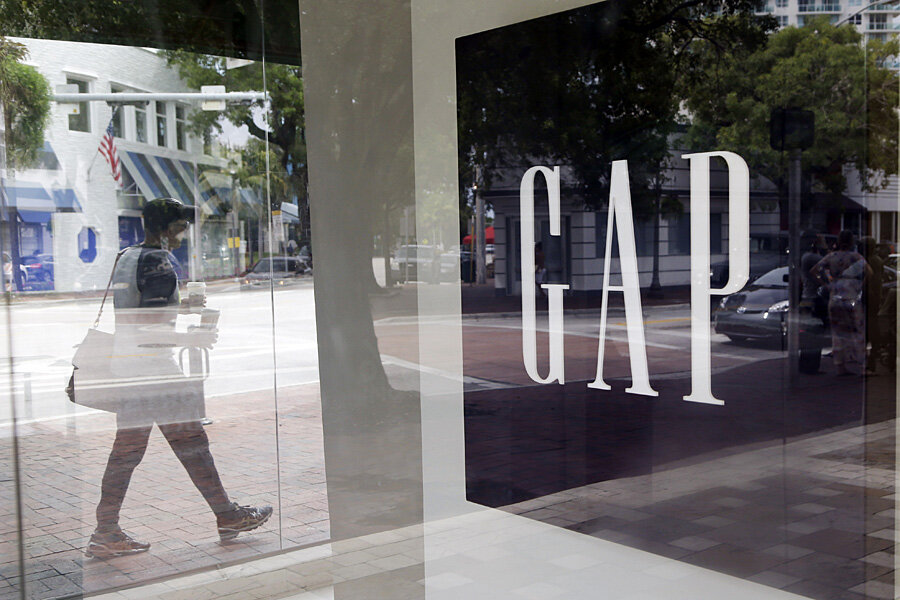Gap apologizes: Was their latest ad racially insensitive?
Loading...
Apparel maker Gap Kids apologized for its latest ad Tuesday, following a Twitter storm from users who decried it as racially insensitive.
The ad features four performers from Le Petit Cirque, an all-kid, humanitarian traveling circus company made up of boys and girls between 5 and 14 years old. It depicts two white girls in acrobatic positions, while a third white girl rests her arm on the black girl’s head.
The photo, captioned “Meet the kids who are proving that girls can do anything,” ignited a Twitter firestorm immediately after it was posted. Most users accused GAP of depicting the black girl as a “prop” or "armrest."
"So @Gap decides to use the only Black girl in this campaign as a prop.....we see you!" one user tweeted.
“How can they have the white girls in the picture look like Olympic gymnasts and not think that having a short, black girl in a submissive pose (presumably as the symbol of “diversity”) would be viewed as highly problematic?” said Eduardo Bonilla-Silva, a professor of sociology and African & African American Studies at Duke University, in an email to the Christian Science Monitor.
“The ad shows that racism is not just about obnoxious, Trump-like characters doing or saying overtly racist things. In this case, racialized images and a racialized culture prevented ad makers from seeing the racial implications of this picture. We must be critical of GAP, but we must be even more critical of the ad agency in charge of the campaign," he wrote.
The Twitter ire prompted an apology from Gap: “As a brand with a proud 46-year history of championing diversity and inclusivity, we appreciate the conversation that has taken place and are sorry to anyone we’ve offended.”
Other users suggested that the reaction was exaggerated. African-American filmmaker Matthew A. Cherry posted another picture from a 2015 ad featuring a black girl resting her arm on the head of a shorter white girl.
But the outrage isn’t rooted on the image itself but the historical context of "passive racism," say experts.
“These reactions are valid and come from a deep place of understanding that this ‘passive racism’ masquerading as cosmetic diversity is often used as a tactic to manipulate black women and girls into silence despite the oppressive conditions that we still face,” writes Kirsten West Savali, a cultural critic and senior writer for The Root.
Citing other examples of black girls and women serving as props, critics of the ad argue that the two ads put side by side may look equivalent, but the meaning isn’t.
Huffington Post culture writer Zeba Blay described the ad as more "tone-deaf" than offensive, adding that the company’s apology was necessary given the broader context of how black girls and women have been depicted in the media.
In one infamous example, Dasha Zhukova, the editor-in chief of Garage magazine, came under fire in 2014 after posing on a chair made from a mostly-naked black female mannequin.
By comparison, a fully clothed girl getting leaned on by her adoptive sister was “pretty harmless,” wrote Ms. Blay. “And yet, it’s unfair to say that the people who do take issue with the photo are simply overreacting. Because it’s not the pose itself that is the problem, but the context in which it is delivered. The context being: an advertisement, with all the conscious or unconscious messaging that images used to sell an idea tend to entail. In this case, that messaging is construed by many as a black girl being inferior to her white counterparts.”








